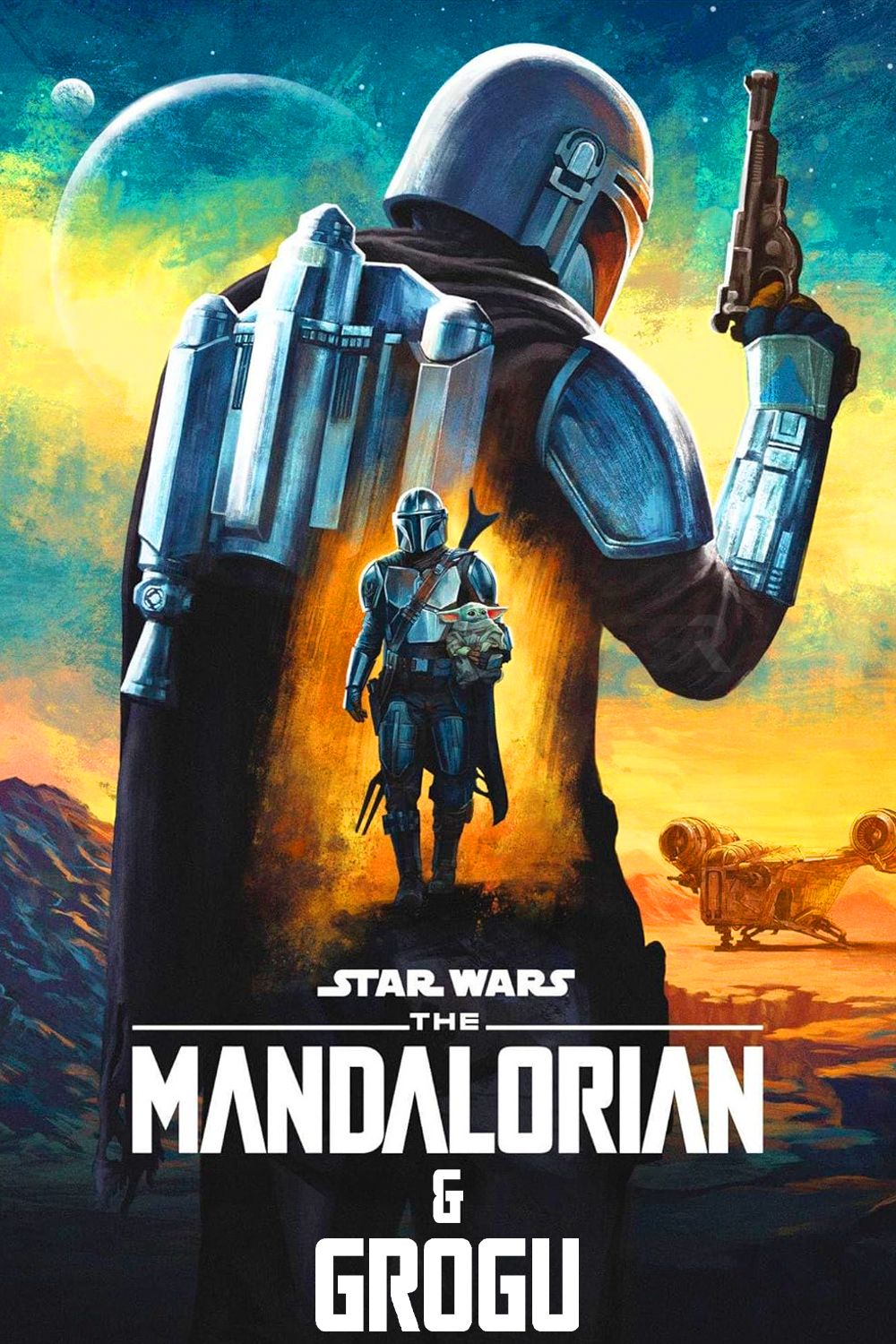WarioWare: Move It! gets back to the microgame series’ roots in many ways, eschewing some of the less favorable mechanics of its predecessor Get It Together! while staying true to its core principles. The Nintendo series just celebrated its 20th anniversary earlier this year, but this new entry shows that there are still fresh ways to ideate on the beloved franchise. The new game returns to movement-based gameplay first established with the Wii’s Smooth Moves, taking full advantage of the Nintendo Switch’s capabilities and creating something that’s a lot of chaotic fun, although there’s arguably less for single players to do this time around.
Move It! strays from the typical Diamond City for Caresaway Island, which Wario and his crew sail to after winning a contest, providing a fun new framing device for the title’s mechanics and levels. The WarioWare franchise has never been known for its plot, but it’s still nice to see somewhere new this time around to give the eccentric cast of characters. Although some game modes still feel very similar to those that have been in past entries, the microgames have always been the star of the series, and they’re truly a delight this time around.
WarioWare: Move It! Main Story Mode
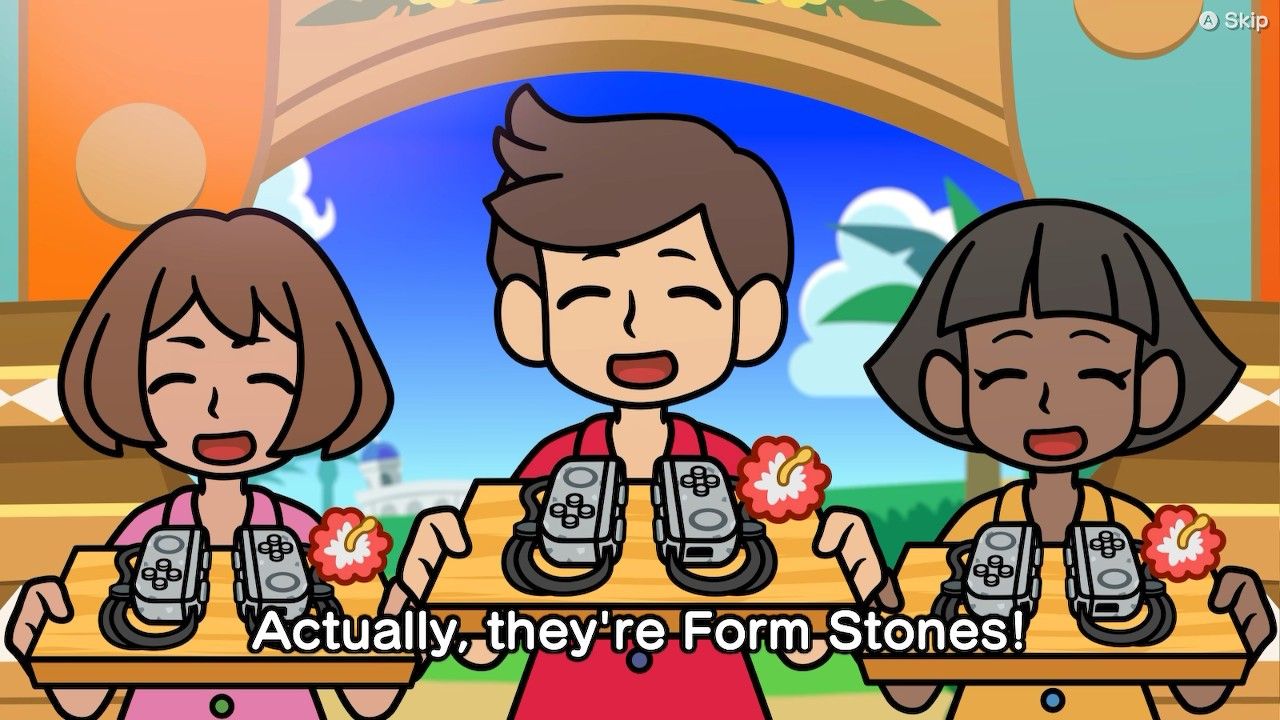
Caresaway Island’s mythology serves as a fun way to explain Move It‘s new mechanics, which center around different Forms. Legend has it that long ago a mysterious deity bestowed showed the power of Form Stones to the island’s residents, which just so happen to look exactly like Joy-Cons. As players progress, they’ll learn an increasing amount of Forms that apply to different microgames, with 18 total in the game. These range from self-explanatory poses like Squat and Sky Stretch to things like Pounce, where players set the controllers on a flat surface and pick up or flip them in a microgame.
One of the most satisfying things about Move It! is the variety of ways it manages to utilize the Joy-Cons. For example, the Form Hand Model involves pointing the IR camera at the player’s dominant hand for them to gesture with for microgames, like showing a specific number. There are also secondary ways this versatility is showcased outside of Forms, like certain microgames that involve dropping the controller entirely to do things like adding ingredients to a witch’s cauldron.
Like past WarioWare titles, this one’s main story mode features a map of stages for players to unlock, all of which are themed around different characters and end in a boss fight. While players can technically fail these levels on their journey, it’s incredibly hard to actually get a game over the first time around thanks to Sacred Poses, which are different positions that when replicated grant four new lives. It’s easy to see this impossibility of failure as patronizing, but there are plenty of other modes where this doesn’t apply, and it’s not as if the franchise is known for its incredibly difficult campaigns.
Microgames In WarioWare: Move It!
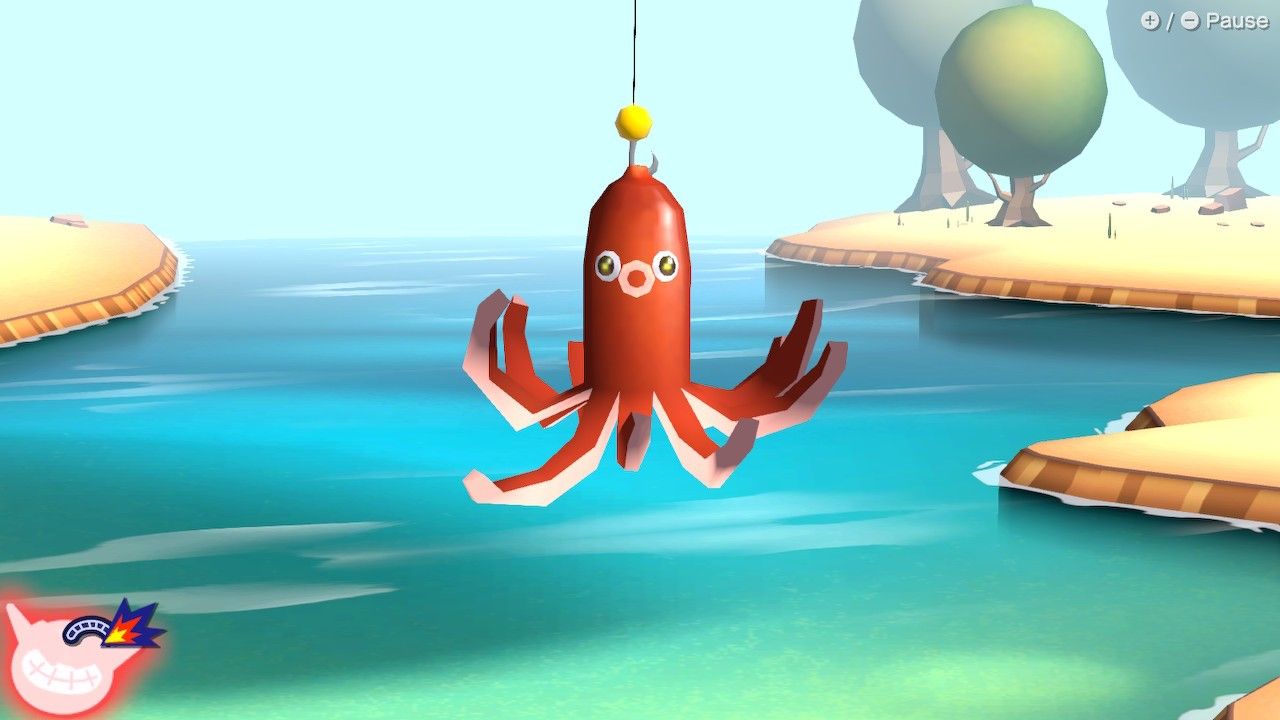
Move It! has an incredibly robust roster of microgames for players to experience, and essentially all of them have an undercurrent of the silliness the series is known for running through them. Players will escape from jail, stamp pages with their rear, fervently unroll toilet paper, and a myriad of other delightfully ridiculous activities. Even more grounded microgames like fishing have WarioWare flair, with players reeling in things like a hotdog cut up to resemble an octopus. Some are hard to understand the mechanics of on the first or even second time around, but that’s kind of the point – it feeds into the overall chaotically fun tone of the franchise.
Extra Story Mode Games In WarioWare: Move It!
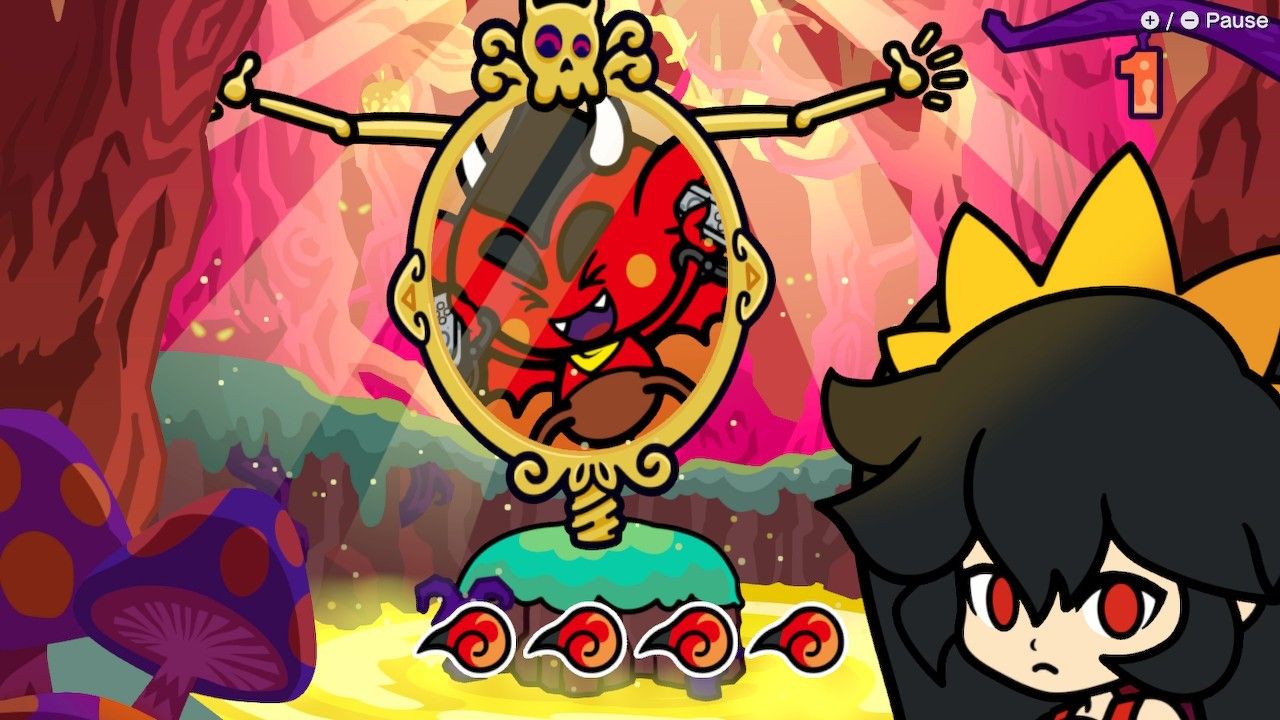
All the game’s main story can be played with one or two players, and after beating it players will unlock a selection of additional activities; some are also available for single or multiplayer, but several are specifically designed for duos. Megagame Muscles stars Dr. Crygor and Mike, where players earn muscle for their success in a group of 20 games, some of which are megagames – longer versions of known microgames to push player stamina. There’s no way to fail this mode, it’s just to reach new high scores, but it honestly does feel like a workout sometimes.
Switching Gears stars Kat and Ana, and involves one player doing different movements to keep the screen open while the other plays microgames. This one has a tendency to get quite frantic and exhausting, sometimes to a fault as the movements given to keep the screen open don’t seem to always work properly. Showdown features Mantis and Young Cricket, and has players go head-to-head at different microgames until one is left standing. This one also has the option to make it so that whoever finishes the microgame first wins the round, even if the other player successfully completes it, which is a fun twist.
Perhaps the most creative of the bunch is Copycat Mirror with Ashley and Red, which sees one player face away from the screen to watch the other. The player facing the screen will show the other which movements to do for each microgame for them to mirror, requiring a substantial amount of teamwork and often resulting in a lot of laughter. Variety Towers of varying difficulty also return in Move It!, with a special new version called Double Act designed for two players that features co-op style microgames only, which is a nice touch.
Party Mode In WarioWare: Move It!
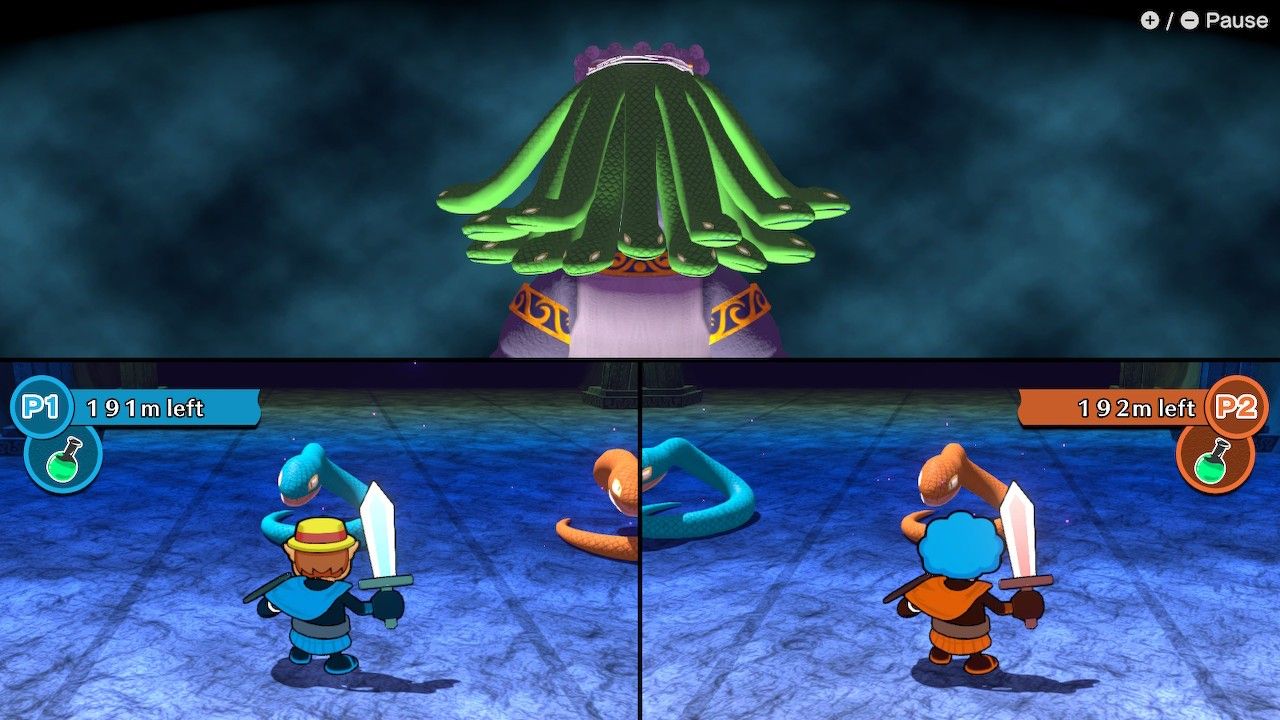
Move It! leans heavily into its multiplayer potential, with four different games in Party Mode available for two to four players, and one designed specifically for four. Galactic Conquest is essentially a more simplistic Mario Party, where players compete in microgames to move across a game board and reach the rocket first; whoever has the most points once someone reaches the rocket is the winner. This one can get a bit repetitive – for example, a round I played had the start line and the goal repeatedly switch places, drawing out the game extensively – but it’s a creative idea with potential nonetheless.
Listen to the Doctor! is a new version of the mode of the same name featured in Mega Party Game$!, where players perform a secondary action as ordered by the doctor while playing a microgame, like jumping up and down or listing words that start with a certain letter. The other players then wave in support if the player actually did both things, which technically makes it easy to cheat, but that would defeat the purpose. Medusa March is one of the most fun of the bunch, and sees players moving towards the titular monster and defeating snakes along the way via microgames, freezing whenever she turns around – including mid-microgame.
Go The Distance is similar to the aforementioned Showdown but for more players, placing them in a boxing match where a random person is selected each round to face a microgame until one is left standing; this one feels a bit redundant, but it’s nice to have an option for more players. Who’s In Control? is one of the most creative of the group, and requires all four players to participate in teams of two. A team will be presented with a minigame, but only one player will actually be playing while the other pretends, and it’s up to the opposing team to guess the faker.
Final Thoughts & Review Score
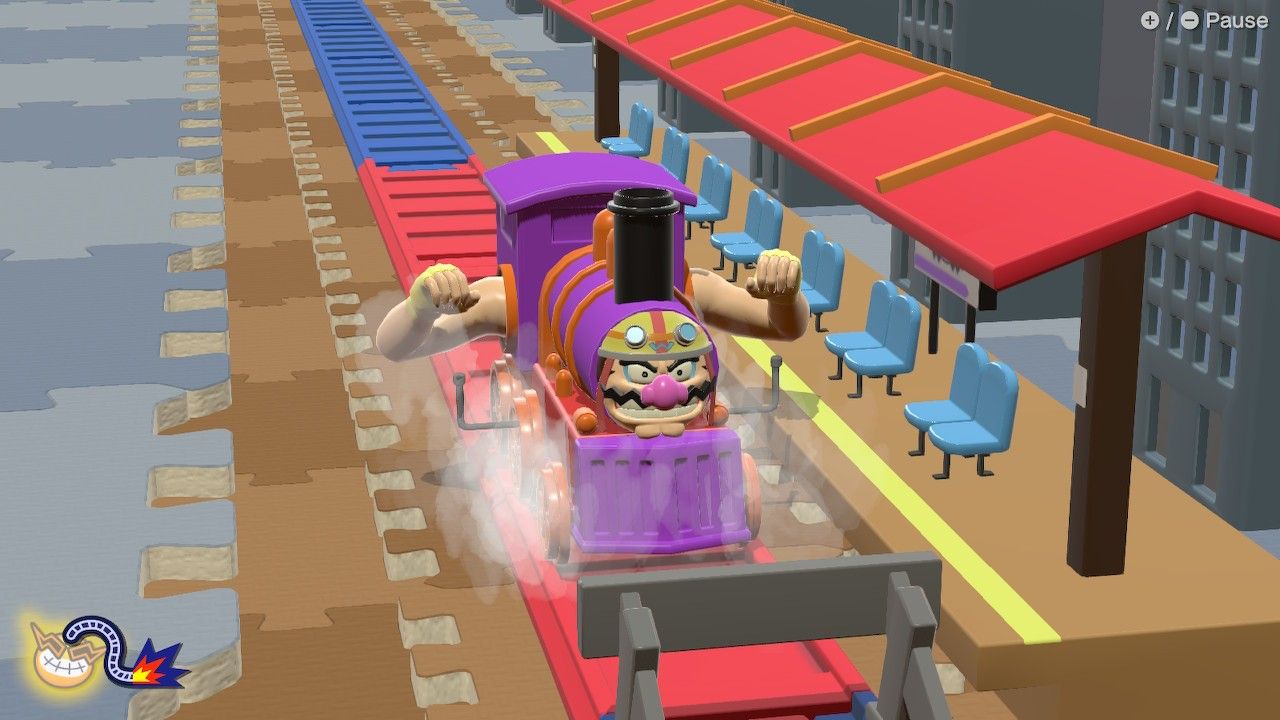
One of the main criticisms of Get It Together! was its lootbox-esque mechanics surrounding prezzies for in-game characters, which felt grindy for some players. However, these were used to level up characters for the Wario Cup and give single players something to work towards after beating the story; with Move It! there is less for individual fans to strive for post-story besides new high scores. Nonetheless, Move It! undoubtedly captures the heart of the franchise, and its return to movement-based mechanics is a triumphant one. Despite a few flaws, its selection of absurd microgames and myriad of different modes makes WarioWare: Move It! an ideal new entry in the series.
WarioWare: Move It! releases for the Nintendo Switch November 2. Screen Rant was provided with a Nintendo Switch code for the purpose of this review.


